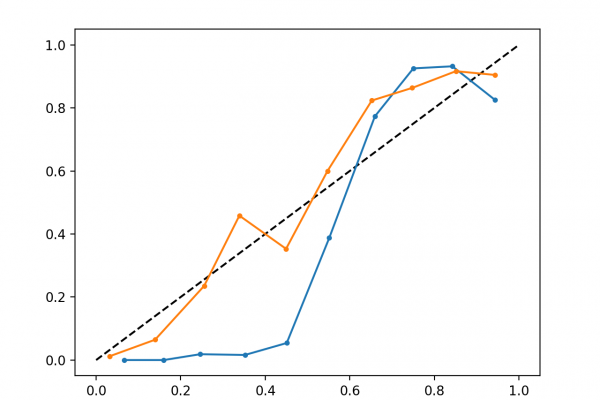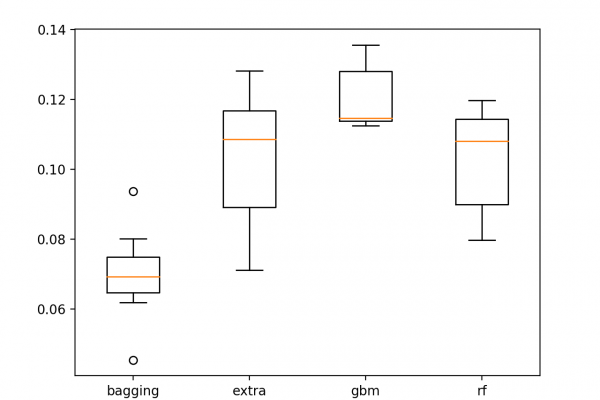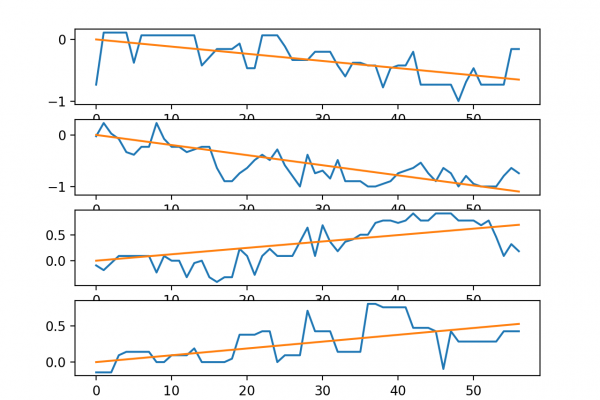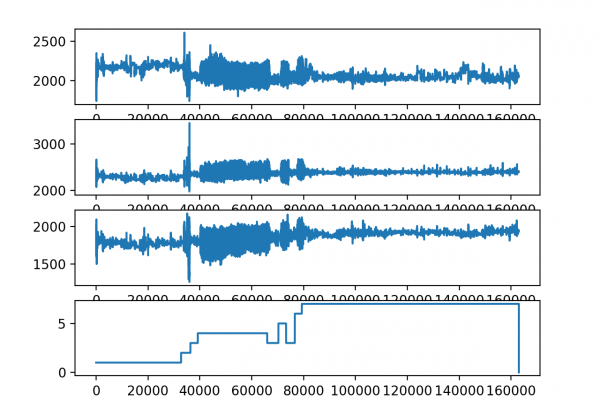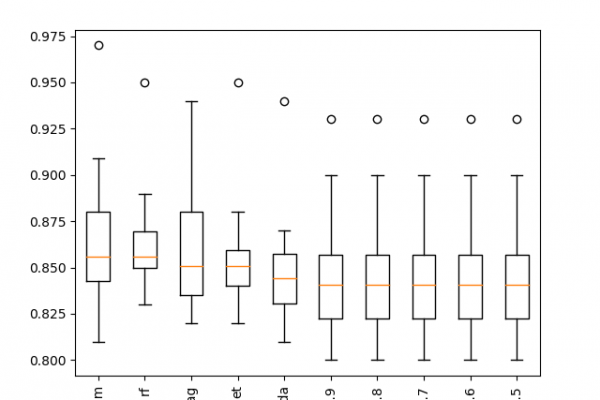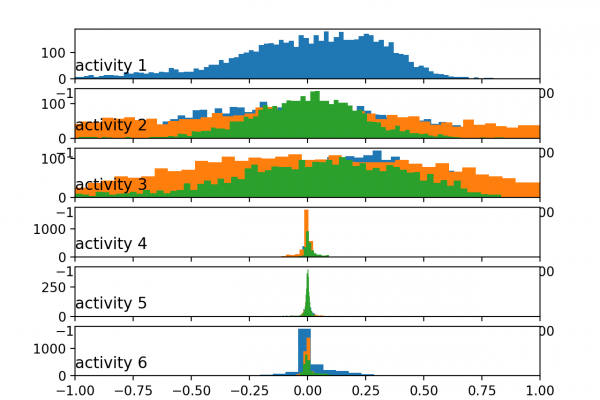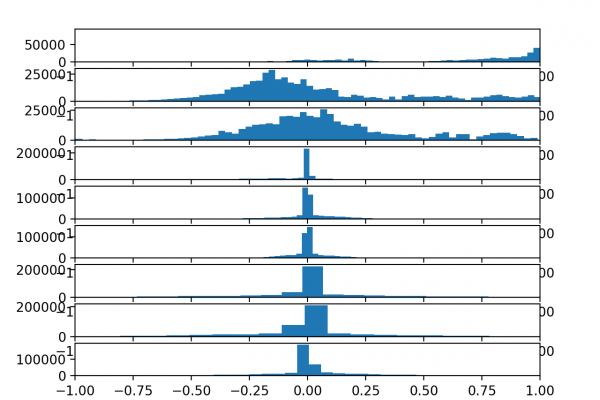How and When to Use a Calibrated Classification Model with scikit-learn
Last Updated on September 25, 2019 Instead of predicting class values directly for a classification problem, it can be convenient to predict the probability of an observation belonging to each possible class. Predicting probabilities allows some flexibility including deciding how to interpret the probabilities, presenting predictions with uncertainty, and providing more nuanced ways to evaluate the skill of the model. Predicted probabilities that match the expected distribution of probabilities for each class are referred to as calibrated. The problem is, […]
Read more